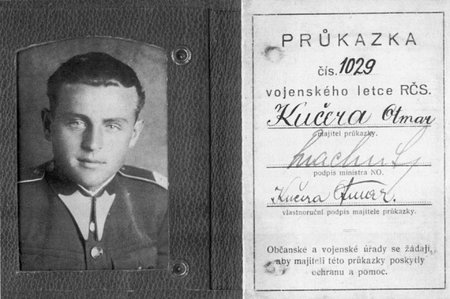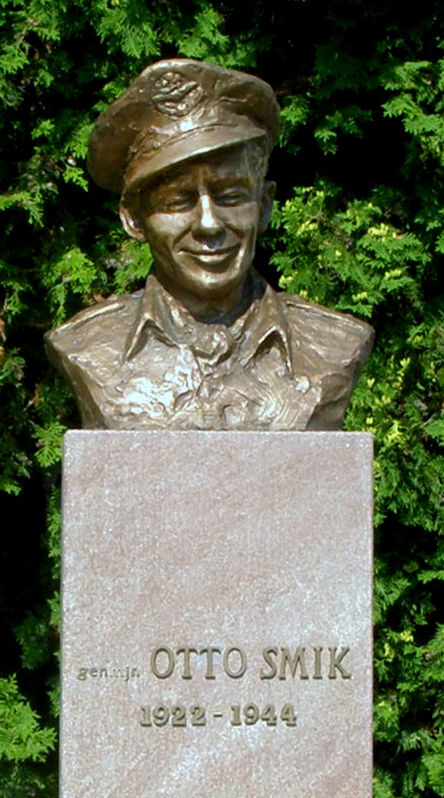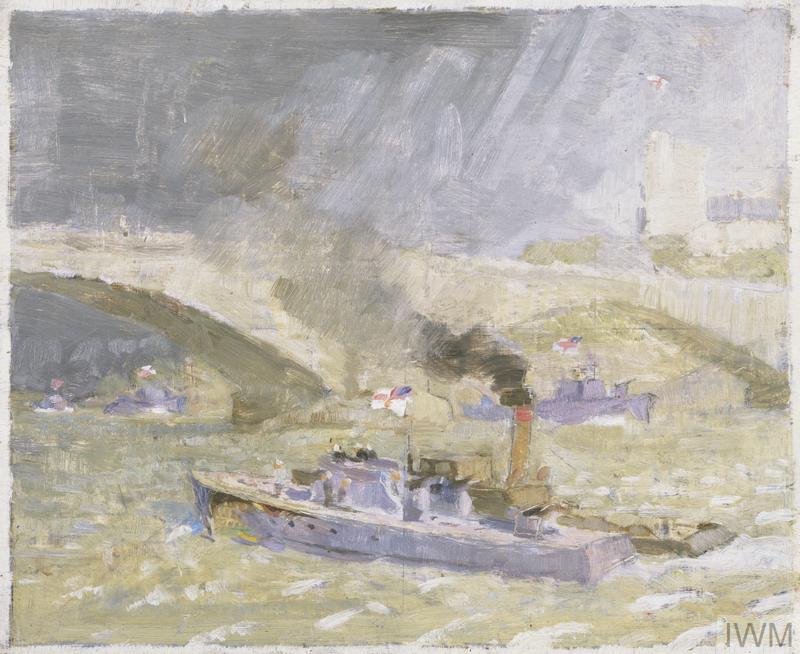LISKUTIN, Miroslav A (#130)

#130
Squadron Leader Miroslav Antonin ‘Tony’ LISKUTIN DFC
Royal Air Force
23 August, 1919 - 19 February, 2018
Squadron Leader Miroslav Antonin ‘Tony’ Liskutin DFC AFC, the last Czech pilot then living who fought in the Battle of Britain, takes to the skies in a Spitfire once more, flying out of Biggin Hill, on 21 July 2016 – aged 96. Afterwards he said “It was like being re-united with an old friend… It was an amazing experience. I could not believe I was back in a Spitfire. I haven’t been up in one since about 1953. It brings back memories of great importance, memories of being younger”. Story: Into The Blue
Tony, like many signatories, chose to sign in memory of his close friends Josef Frantisek, Otmar Kucera, and Otto Smik and, of course, as a representative for all CZECHOSLOVAKS who died in war, including 511 Czechoslovak airmen who were killed.

Josef Frantisek by Cuthbert Orde (1940). A close friend of Tony Liskutin, Frantisek was a legendary Czech fighter ace who was decorated for gallantry while fighting for the Royal Air Force © IWM LD 421

The other close friend for whom Tony Liskutin signed in memory, Otmar Kucera, who died in 1991

Memorial to Tony’s friend Otto Smik in Bratislava.
“Squadron Leader Miroslav Liskutin was born on August 23, 1919, in Jirikovice in Czechoslovakia.
After completing an engineering apprenticeship he applied to join the Czechoslovak Air Force and trained as a pilot with the 2nd Air Regiment.

ROYAL AIR FORCE FIGHTER COMMAND, 1939-1945. (C 3193) Stills from camera gun footage taken from a Supermarine Spitfire Mark V flown by Sergeant M Liskutin of No. 312 (Czechoslovak) Squadron RAF, as he shot down a Dornier Do 217 over the English Channel, while on patrol over a convoy of returning vessels from the Dieppe raid. Copyright: © IWM C3193
When the Germans invaded his homeland in March 1939, he escaped through Poland, from where he travelled to France. There, he spent some time with the French Foreign Legion, serving in both North Africa and France itself. Again, he had to flee the Nazis, when they invaded France. He escaped to England in a Polish coal ship with 500 others, sailing from Bordeaux to Falmouth in SW England. In England, he joined the RAF.
In September 1941, he was posted to No. 145 Squadron, based at RAF Catterick, where they flew Spitfires. This squadron, commanded by Squadron Leader Stan Turner, had earlier in the year been part of the Tangmere Wing under Wing Commander Douglas Bader.

Non Multi Sed Multa
(“Not many, but much”)
Three months later he joined No 312 (Czechoslovak) Squadron and on August 19 1942 took part in the aerial support of the Dieppe Raid. On this day he shot down a Dornier Do 217 German bomber.
Ground attack operations over France continued for the remainder of the year and on November 7 he destroyed a Fw 190.

‘Dieppe – withdrawal from Beach’ by [Bob Mullen?] (Source unknown: please let us know if you do!)

Southern England, 1944 Spitfires Attacking Flying Bombs by Walter Thomas Monnington (1943) © IWM LD 4589
Operations from Apuldram included dive-bombing attacks against ‘Noball’ V-1 flying bomb installations [originally identified by Constance Babington-Smith, Signatory #180], bomber escort duties, and ground attacks on rail and road targets. At the end of May, Liškutín narrowly avoided disaster when his Spitfire hit the top of poplar trees when carrying out a low-level ground attack. Even though he had badly damaged his Merlin engine, he managed to return to Apuldram.
A small selection of photographs from the excellent collection at Czech Airmen WW2 RAF Group on Facebook
During a patrol over Normandy a few days after D-Day (June 6), Liškutín’s Spitfire was hit by flak. This time, he managed to land on one of the newly constructed strips in Normandy. His was probably the first landing by an Allied aircraft after the invasion.

Rocket-firing Typhoons at the Falaise Gap, Normandy (1944) by Frank Wootton. Copyright Art.IWM ART LD 4756
At the end of the war, he returned to Czechoslovakia, but it soon became apparent that the communist regime did not look kindly on those who had fought with the Western powers and he returned to Britain, where he lived for the rest of his life.” (Michael J Hawkins, Bratislava)
https://www.bbc.co.uk/news/stories-45516556#:~:text=Winston%20Churchill%20described%20the%20Battle,they%20weren’t%20all%20British.

THE BATTLE OF BRITAIN 1940. Hurricane pilots of No. 310 (Czechoslovak) Squadron at Duxford, 7 September 1940. In the background is Hawker Hurricane Mk I P3143 ‘NN-D’. Copyright: © IWM CH 1299
Scenes from Nebesti jezdci (‘Riders In The Sky’) a 1968 Czech movie
(language a mix of English and Czechoslovak; atmosphere vivid)

War-time traffic on the river Thames: Up-river Repairs after the Dieppe Raid, 1942, by John Edgar Platt. Tony Liskutin took part in the air cover for the raid. Copyright: © IWM LD 2639
The Winged Lion Memorial to Czechoslovak Airmen in Bratislava,
unveiled by Nicholas Soames, Winston Churchill’s grandson.



A somewhat younger Tony.
Spi sladce
High Flight
by John Gillespie Magee Jr. (9 June 1922 – 11 December 1941)
Oh! I have slipped the surly bonds of Earth
And danced the skies on laughter-silvered wings;
Sunward I’ve climbed, and joined the tumbling mirth
Of sun-split clouds, – and done a hundred things
You have not dreamed of – wheeled and soared and swung
High in the sunlit silence. Hov’ring there,
I’ve chased the shouting wind along, and flung
My eager craft through footless halls of air…
Up, up the long, delirious burning blue
I’ve topped the wind-swept heights with easy grace
Where never lark, or ever eagle flew –
And, while with silent, lifting mind I’ve trod
The high untrespassed sanctity of space,
Put out my hand, and touched the face of God

John MaGee, who died aged 19, author of “The Pilots’ Poem”, ‘High Flight’






